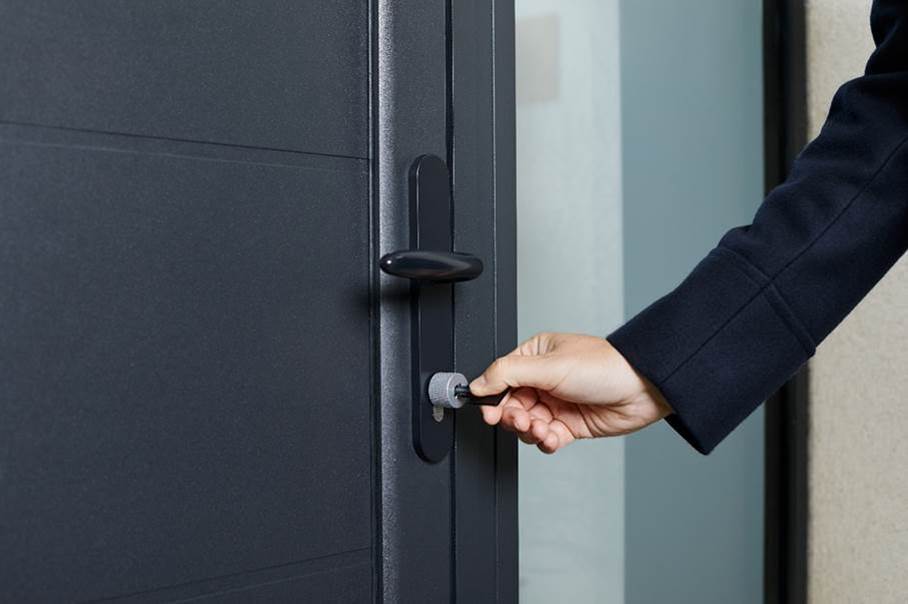In today’s rapidly advancing technological landscape, the concept of a smart home has moved from science fiction to a tangible reality. With an array of devices offering seamless integration and enhanced functionalities, understanding the compatibility with smart home systems is crucial for homeowners and renters alike. By ensuring that devices can work together harmoniously, individuals can create an efficient and convenient living environment.
The significance of compatibility cannot be understated. Whether you’re a tech enthusiast or someone exploring smart home options for the first time, knowing how devices interact within a smart home ecosystem is essential. The primary keyword, compatibility with smart home systems, will be explored in depth throughout this guide, helping you make informed decisions for your home.

Understanding Smart Home Systems
A smart home system refers to a network of interconnected devices that communicate with each other to automate tasks and enhance the quality of life. These systems can include a variety of devices such as smart lights, thermostats, security cameras, and more. The goal is to create a home environment that is not only convenient but also energy-efficient and secure.
The Importance of Compatibility
Compatibility between devices is the cornerstone of any successful smart home system. When devices from different manufacturers can communicate seamlessly, users can enjoy a cohesive experience. For instance, a smart thermostat should be able to communicate with a smart speaker or a home security system to provide optimal functionality.
Popular Smart Home Platforms
Several platforms dominate the smart home market, each offering unique features and benefits. Some of the most popular include:
- Amazon Alexa
- Google Home
- Apple HomeKit
- Samsung SmartThings
These platforms serve as the central hub for connecting and controlling various smart devices within a home.
Key Considerations for Compatibility
Device Interoperability
One of the primary challenges in achieving compatibility is ensuring that devices can communicate with each other. This requires understanding the various communication protocols such as Wi-Fi, Zigbee, Z-Wave, and Bluetooth. Each protocol has its own advantages and limitations, impacting how devices interact.
Software and Firmware Updates
Regular updates to software and firmware are essential for maintaining compatibility and ensuring optimal performance. These updates can introduce new functionalities, improve security, and fix bugs that may hinder device interaction.
Integration with Existing Systems
For those who already have existing systems in place, it’s crucial to consider how new devices will integrate with what is already available. This ensures a smooth transition and avoids potential conflicts between different systems.
Choosing Compatible Devices
Conducting Thorough Research
Before purchasing any smart home devices, conducting thorough research is essential. This includes reading reviews, checking compatibility lists, and understanding the specific needs of your home.
Consulting Experts
Consulting with experts or professionals can provide valuable insights into which devices and systems are best suited for your specific needs. This can help avoid costly mistakes and ensure a seamless smart home experience.
Common Challenges and Solutions
Dealing with Incompatibility
Incompatibility issues can arise when devices are not designed to work together. To overcome this, users can explore third-party solutions such as smart hubs that bridge the gap between incompatible devices.
Addressing Security Concerns
Security is a significant concern in smart home systems. Ensuring that devices are compatible with the latest security protocols and regularly updated can mitigate potential risks.
Future Trends in Smart Home Compatibility
Advancements in AI and Machine Learning
As artificial intelligence and machine learning continue to evolve, future smart home systems may offer enhanced compatibility through improved learning algorithms that adapt to user preferences and behaviors.
Greater Integration with IoT
The Internet of Things (IoT) is poised to play a significant role in the future of smart homes. By enabling even more devices to connect and communicate, IoT will drive increased compatibility and functionality.

FAQs
What is the importance of compatibility in smart home systems?
Compatibility ensures that all devices within a smart home system can work together seamlessly, providing a cohesive and efficient user experience.
How can I ensure my devices are compatible?
Researching compatibility lists, consulting experts, and choosing devices from the same platform or ecosystem can help ensure compatibility.
What are common protocols used in smart home systems?
Common protocols include Wi-Fi, Zigbee, Z-Wave, and Bluetooth, each offering unique benefits for device communication.
For more information on high-security locks and advanced technology, visit advanced technology and discover the benefits of high-security locks.
Published at: 2024-01-01
This article contains affiliate links. We may earn a commission at no extra cost to you.






